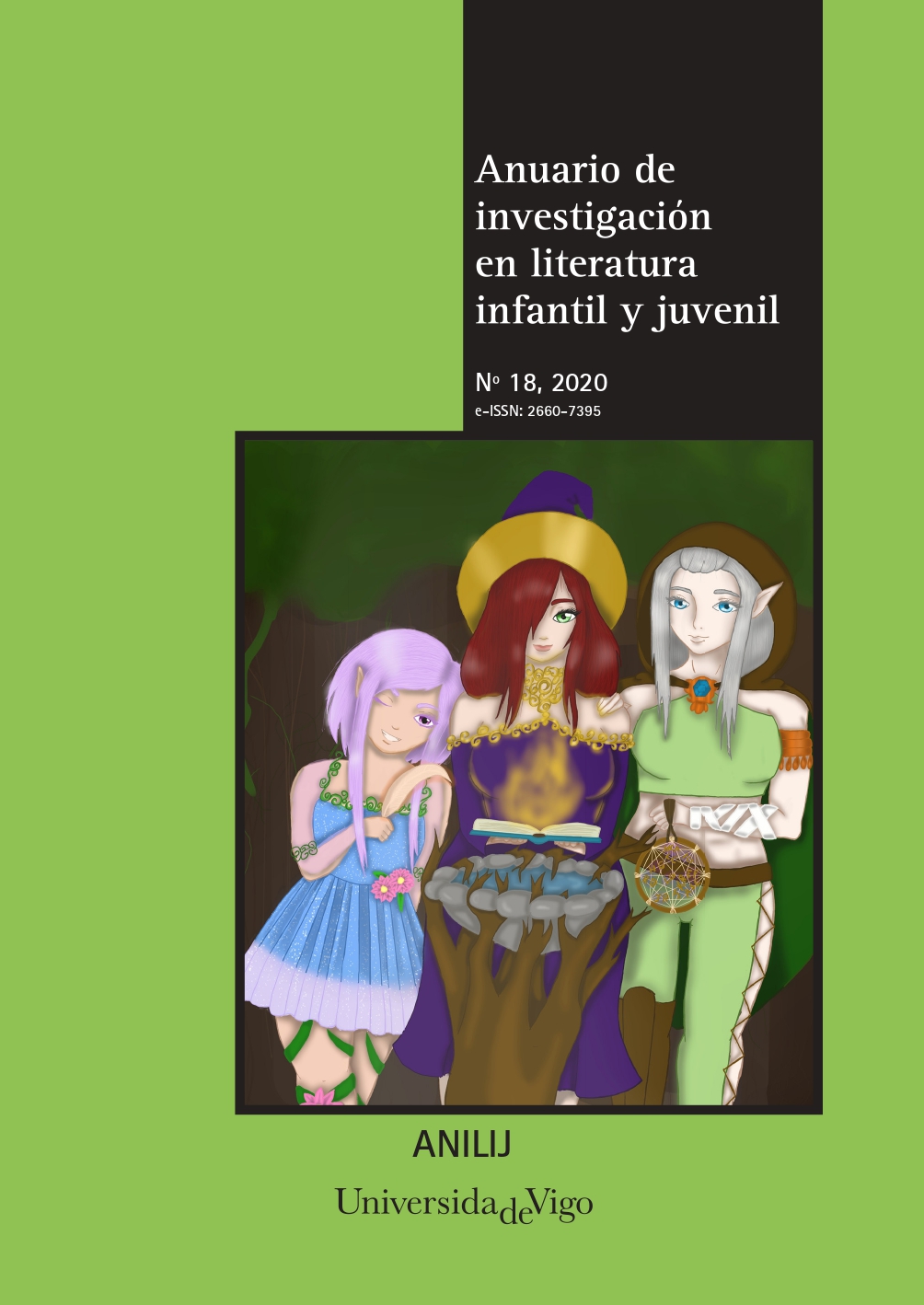REPRESENTATION OF THE ‘CULTURAL OTHER’ IN JAPAN: THE CASE OF DETECTIVE CONAN AND INUYASHA
DOI:
https://doi.org/10.35869/ailij.v0i18.2715Abstract
According to Sugimoto (2010: 189), the Japanese society has been usually portrayed as “a uniquely homogeneous society both racially and ethnically,” denying social minorities their belonging to the group and converting them into the ‘cultural other.’ At the same time, anime and manga artworks represent Japanese culture to some extent, since the author’s idiosyncrasy will eventually permeate the story. Thus, if art reflects society to some degree, studying how the cultural other is represented in Japanese pop culture may help to understand how that society reacts before the said reality. In this essay, how the ‘Other’ is depicted in Detective Conan —an artwork aimed at a male teen audience where the author tries to accurately represent the Japanese contemporary society— and InuYasha —a work addressed to a female teen audience where a fictitious Sengoku era is the main setting— will be analysed in order to comprehend the real scope of discrimination against minorities in Japan. To achieve this goal, a qualitative analysis of the characters that belong to minorities, as well as a quantitative study of their presence and impact on the plot, have been made.
Downloads
Downloads
Published
Issue
Section
License
Anuario de Investigación en Literatura Infantil y Juvenil has been published in open access from 2019 (vol. 17). The journal allows the authors to retain publishing rights. Authors may reprint their articles in other media without having to request authorization, provided they indicate that the article was originally published in Anuario de Investigación en Literatura Infantil y Juvenil. The journal holds the copyright of printed issues (volumes 0-16).





